For each amperage rating of the circuits, we need a proper conductor. It’s important to understand the 20 amp circuit wire size.
It doesn’t matter if your electrical circuit is newly installed or renewed; you should make sure you have some knowledge of choosing the electrical wires. The higher the amperage is, the larger the wires should be.
20 Amp Breaker Wire Size
The correct wire gauge for 20 amp is the 12 AWG one. This type of cable can transfer 20 amps within 100 feet. If you need a longer wiring run or want to force more than that number of amps, use a 10 gauge wire to avoid electric shock.
The measuring unit AWG means American Wire Gauge. It’s the physical size or diameter of the conductor, rated with numbers. The logic here is the lower the number, the larger the size.
Plus, remember that if you use the aluminum wire, you should use the larger one to have the same ampacity as the AWG copper.
The wire conductor sizes indicate how much electricity can be safely handled. Below is the table of Amperage capacity for standard non-metallic cable:
| Size of wire (AWG) | The Safe Amount Of Amps |
| 16 | 13 |
| 14 | 15 |
| 12 | 20 |
| 10 | 30 |
| 8 | 40 |
| 6 | 55 |
| 4 | 70 |
| 3 | 85 |
| 2 | 95 |
The Important Of Correct Wire Gauge
Everybody knows the protection function of a fuse or circuit breaker in the breaker panel, and it’s common to have these protective devices installed at home. They can sense the overloads and turn to “blow” status before the wires reach the dangerous point of overheating.
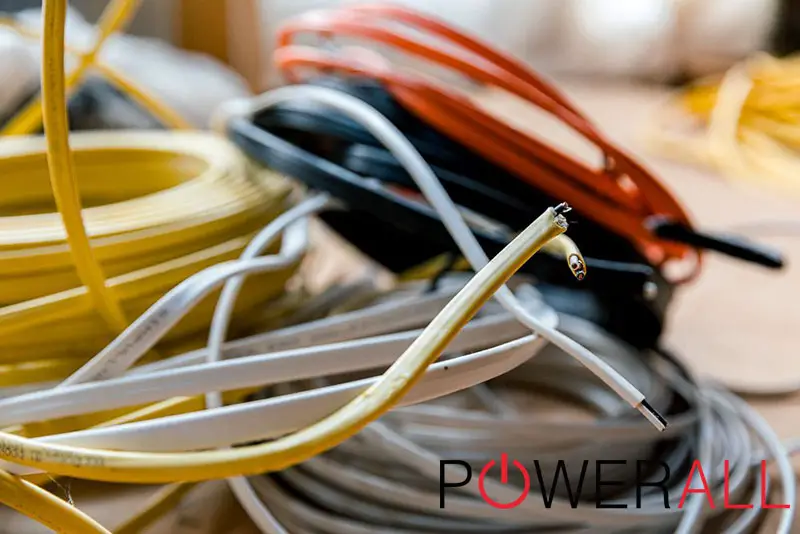
Your appliances can sometimes draw more electrical current than the wires can handle, resulting in the electrical insulator melting and causing ignition.
On the contrary, it brings no danger when you plug the devices of middle-rated load current into the grid of higher amperage and heavier gauge.
That’s why determining the AWG appropriate with the amp circuit and knowing what appliances are suitable to use is crucial. For example, an electric heater or window air conditioner draws more electricity than a light switch.
What Happens If You Use Incorrect Wire Size For A 20 Amp Circuit?
Over Budget
Using the larger wire size will not influence the breaker as it delivers the flow easily. The only thing affected is your budget since you need to pay more for the expensive wires.
Melting
The most obvious consequence when using smaller wires is that they can melt due to the strong power delivery. Plus, its high resistance to electrical flow easily raises the temperature of the cables, and as we all know, overheating is not favorable.
Affect Performances
Sometimes, you may wonder why your household appliances and devices are incapable of performing at their peak efficiency. Using a smaller wire size of 20 amp may be the reason that reduces the ability of devices.
That equipment only receives limited energy that is not enough to activate its fully working status, causing inconvenience for users.
Damage Equipment
A too small diameter of the cable causes more serious problems if you don’t fix it as it should. Not only do the appliances work badly, but they are subjected to a bust. Providing improper energy is for sure not recommended. So, make sure you read the equipment data tags before plugging in as well.
Cause Fire
The consequences don’t stop at inconvenience but cause serious damage. The worst scenario is the electrical hazards and fire. Though the circuit breaker works as a safety guard when there’s too much power delivered to the switch contacts, we shouldn’t let the smaller wires receive more energy than they can.
How To Choose The Right Wires?
Besides selecting the proper wire size according to the AWG conductor size chart, there are some other features that you should care about before purchasing, as exposure to outside elements reduces the allowable ampacity.
Flame Retardancy
Whatever conductor type you buy, pay attention to its flame retardancy. Remember this important criterion when placing it outside your house, as it has more potential to come into contact with fire. The protection part outside should be a high anti-flame.
Moisture Resistance
You don’t want to see your wire insulation wet as it will short out the circuit and break the electrical equipment. Again, the coating outside should come with these criteria.
Corrosion Resistant
Due to chemical reactions, the solid material attached to the metal’s surface leads to faulty conductors and destroys the whole system. Make sure you have a good anti-corrosion product.
FAQs
Is It Possible To Mix 12 And 14 Wire Gauges?
No, it is not. The rule is never to mix any different gauges together. There’s a variety of gauges, and each is able to carry a number of amps.
That’s why determining the proper amperage is important. Combining 12 and 14-gauge wires into your house’s electrical system increases the risk of overheating or sparking.
14 AWG wires are only suitable for light bulbs and other small devices. Just use it when you have no choice; otherwise, apply the larger diameter type to ensure the compatibility and safety of the whole system.
How Many Outlets Can I Put On A 20 Amp Circuit?
The number of electrical outlets doesn’t really matter as long as you follow the rule of 80% consumption. It means you can draw power from the 20 amp circuit through as many outlets or wall plugs as you want.
Just make sure you don’t use over 16 amps. The rest 4 amps are the safety measure to deal with a surge of electrical devices.
Conclusion
Now, you know the wire size for 20 amp. The conductor should come appropriate to the ampacity rating to avoid generating high heat levels.
If you like DIY projects with your home electric system, check your local electrical code and building code and ask your electrician for advice. Plus, ensure you are clear about the safety precautions and remember to switch off the main power source before repairing or modifying it to keep dangers to property and life at bay.
Call a professional electrician to get the job done faster and more efficiently if it’s beyond your depth.
See more:

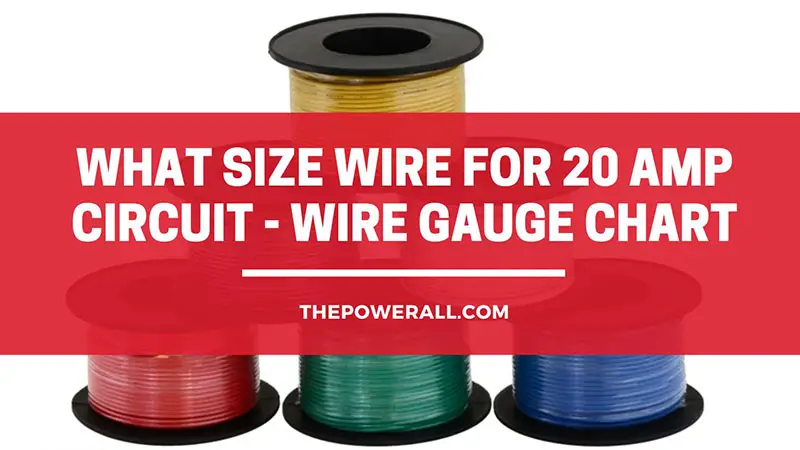

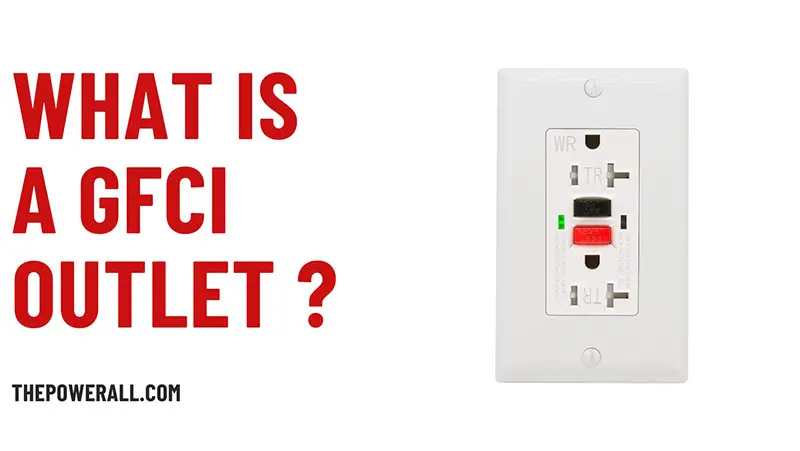
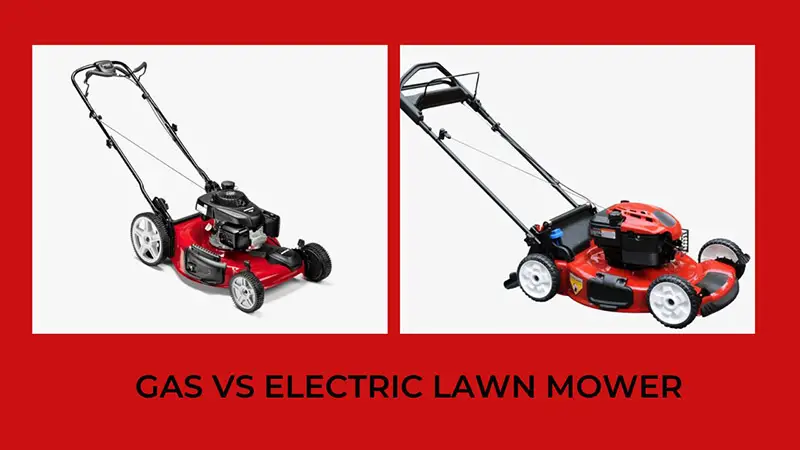
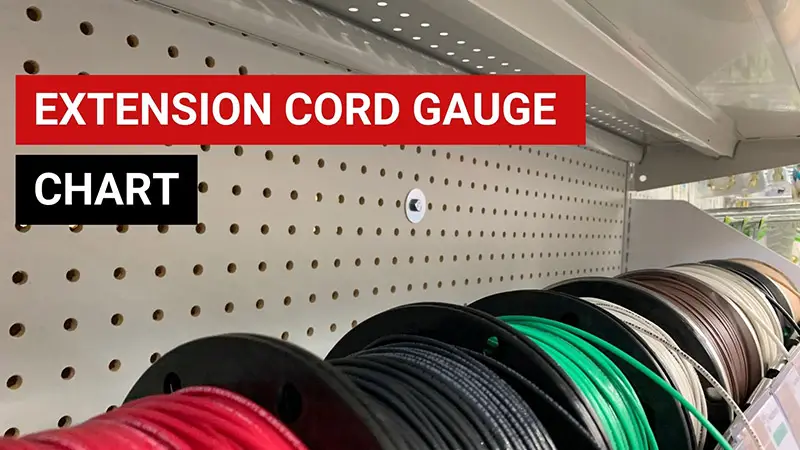
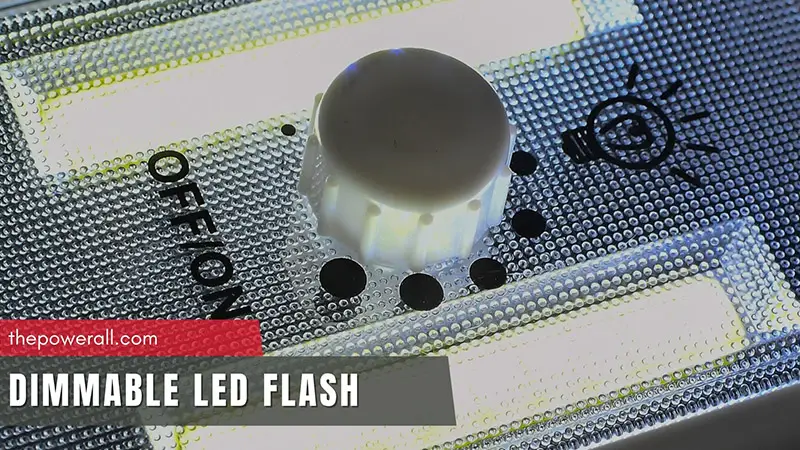
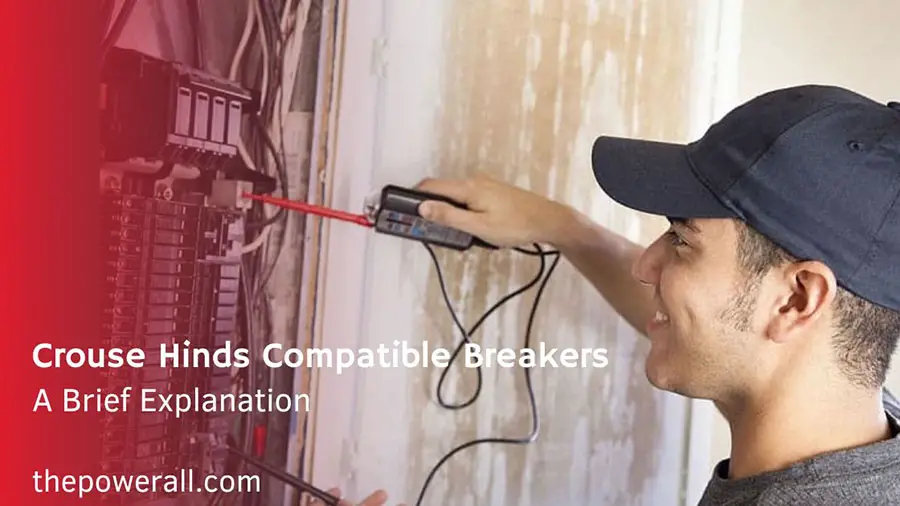
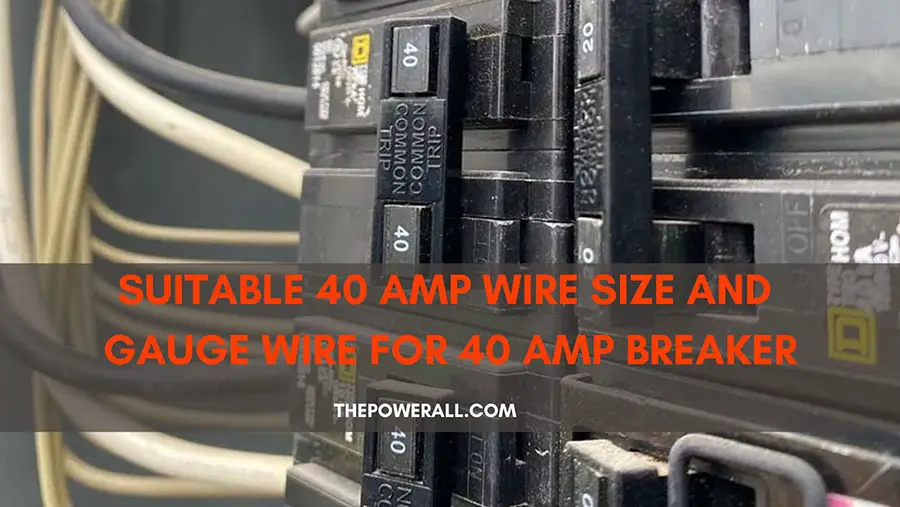
0 Comments